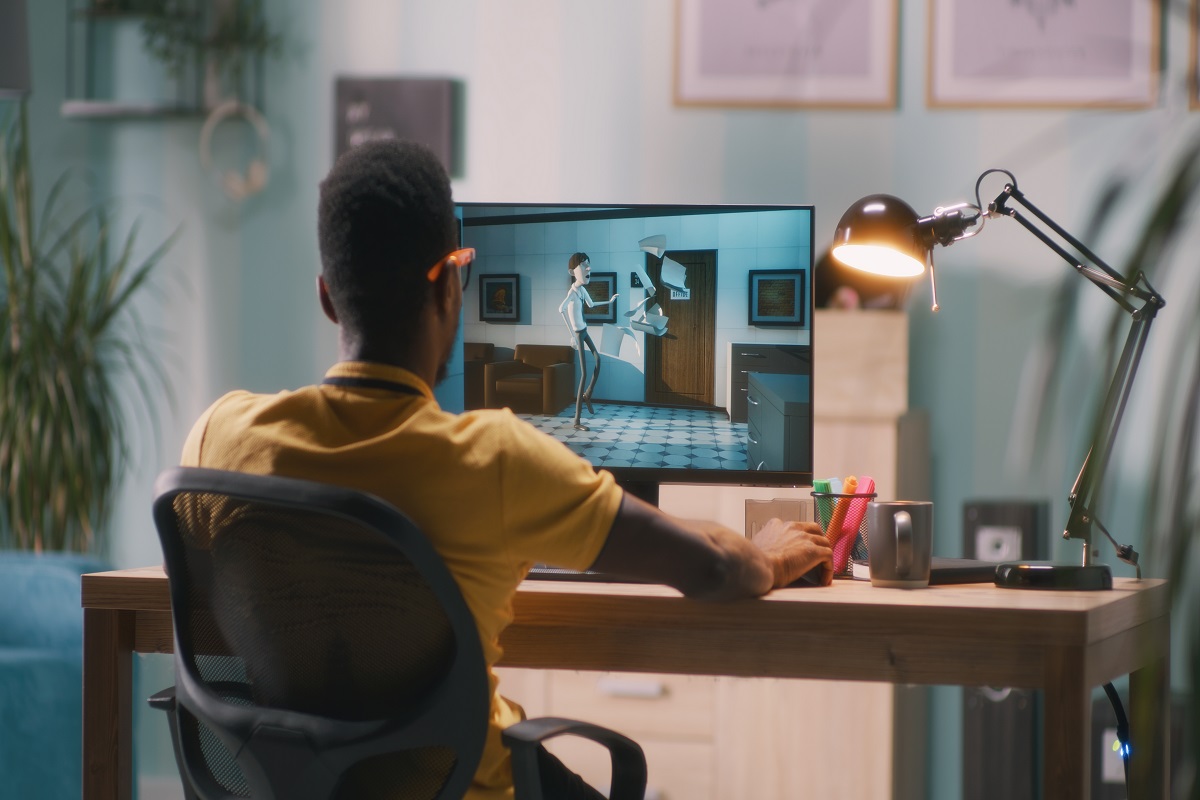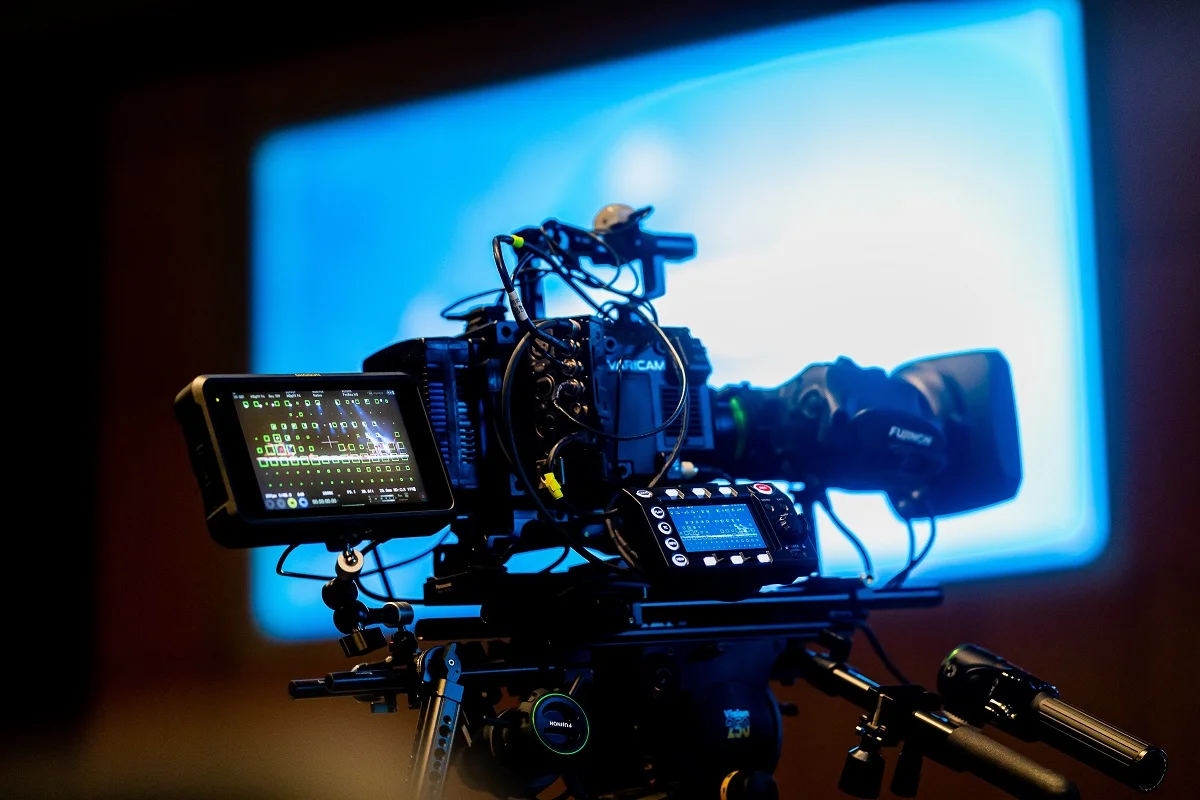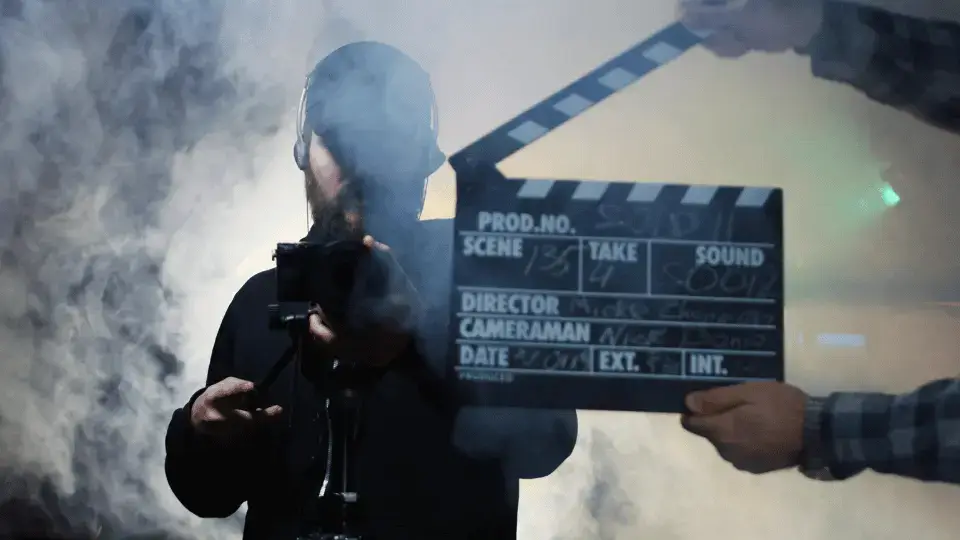How to Become a Successful Television News Reporter
Learn the essential steps to become a successful television news reporter. From building a strong foundation in journalism to gaining practical experience and developing on-camera skills, this guide covers everything you need to know. Stay current with industry trends and increase your chances of success in this dynamic field.










